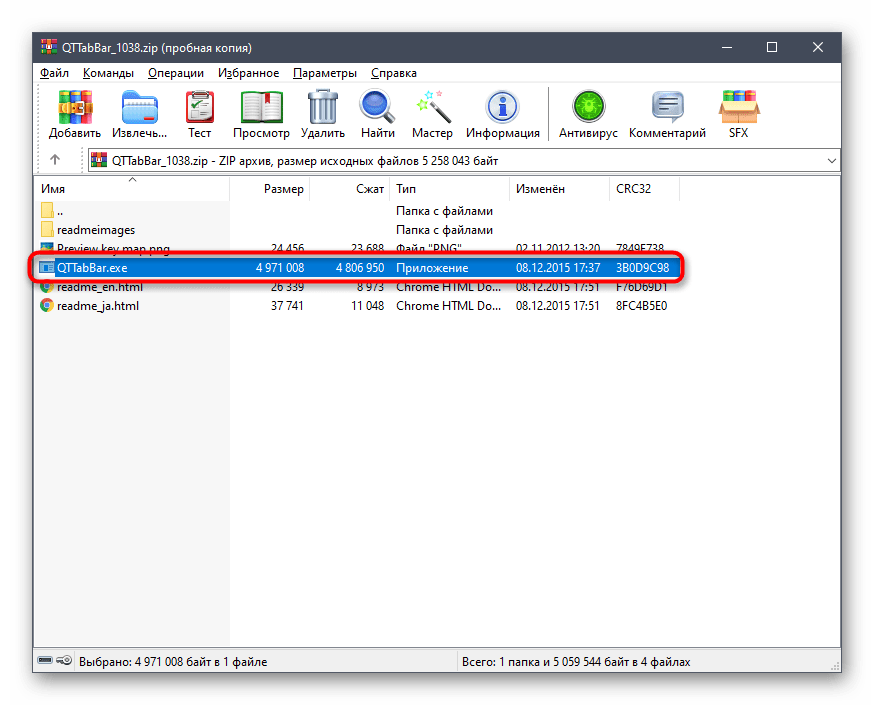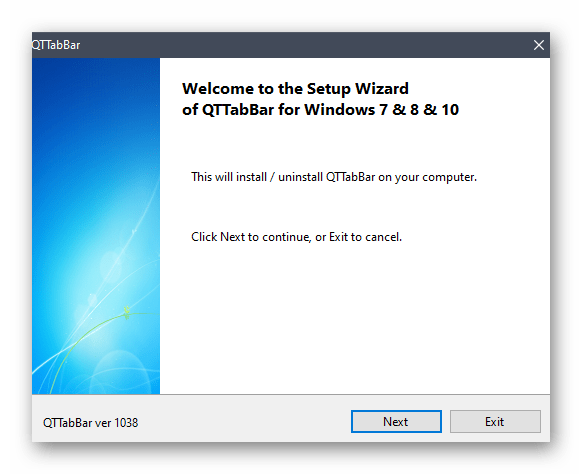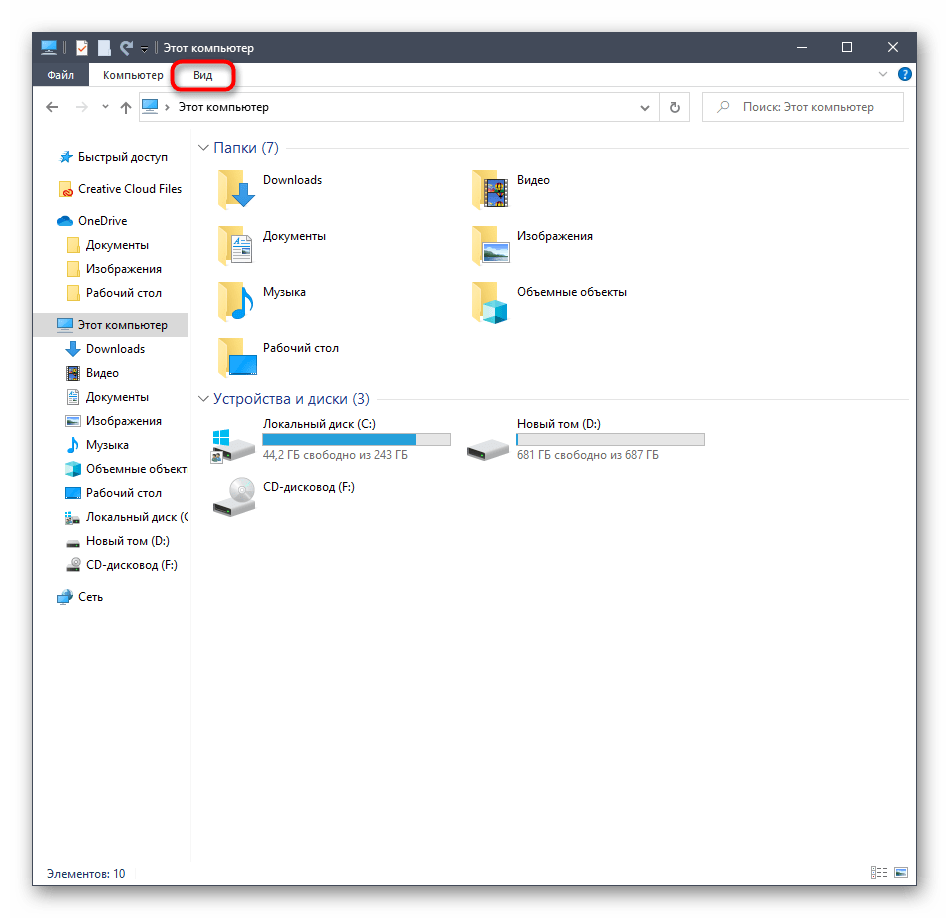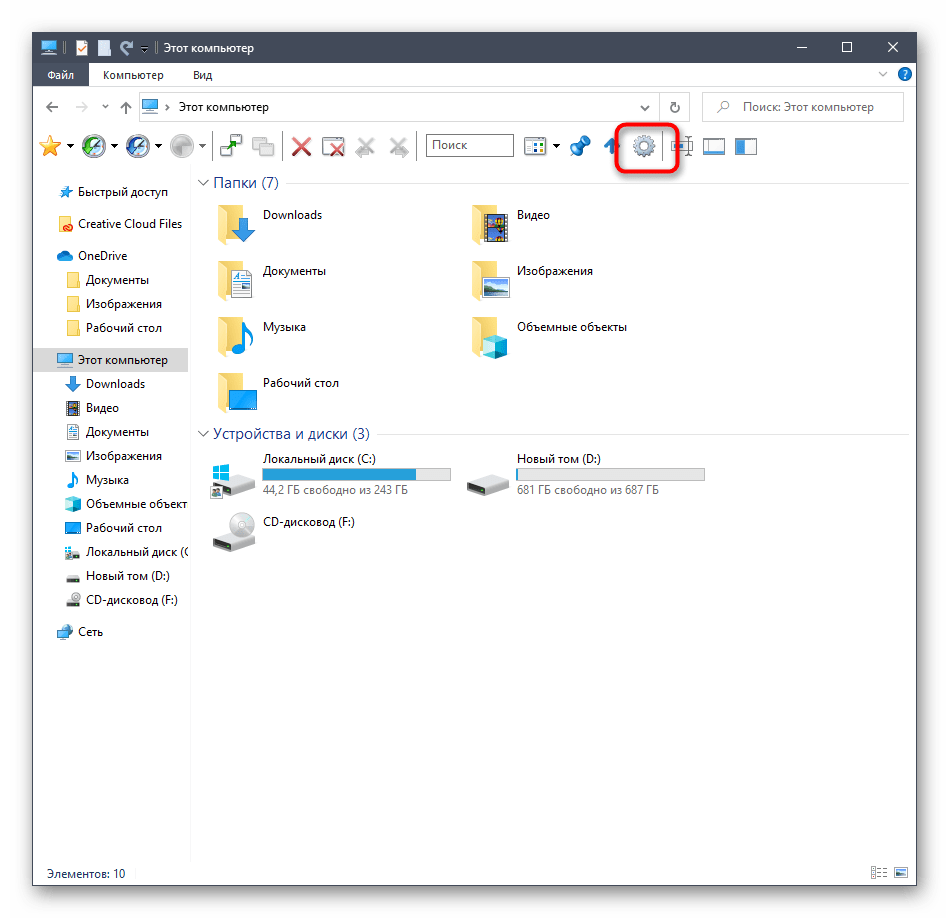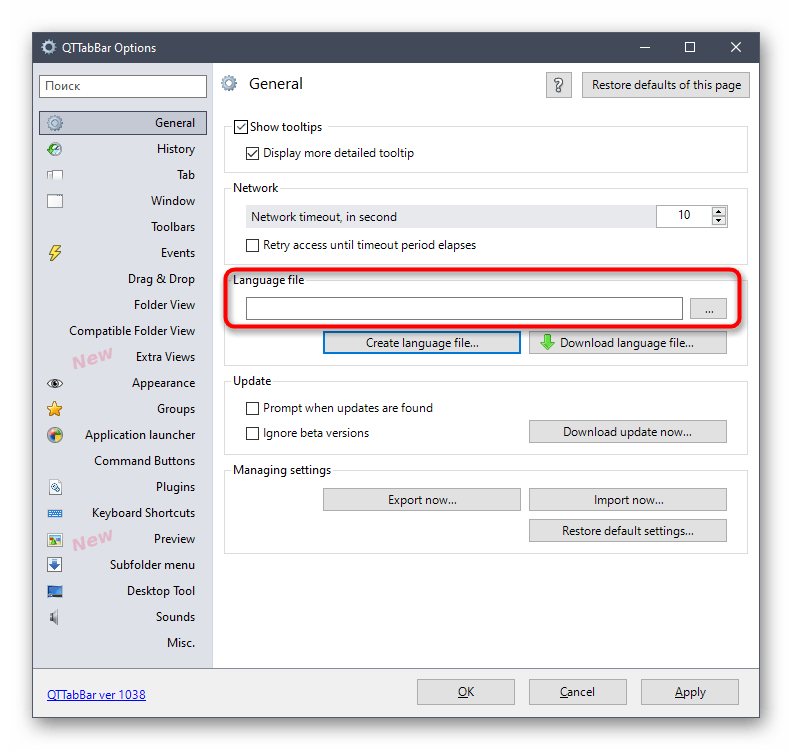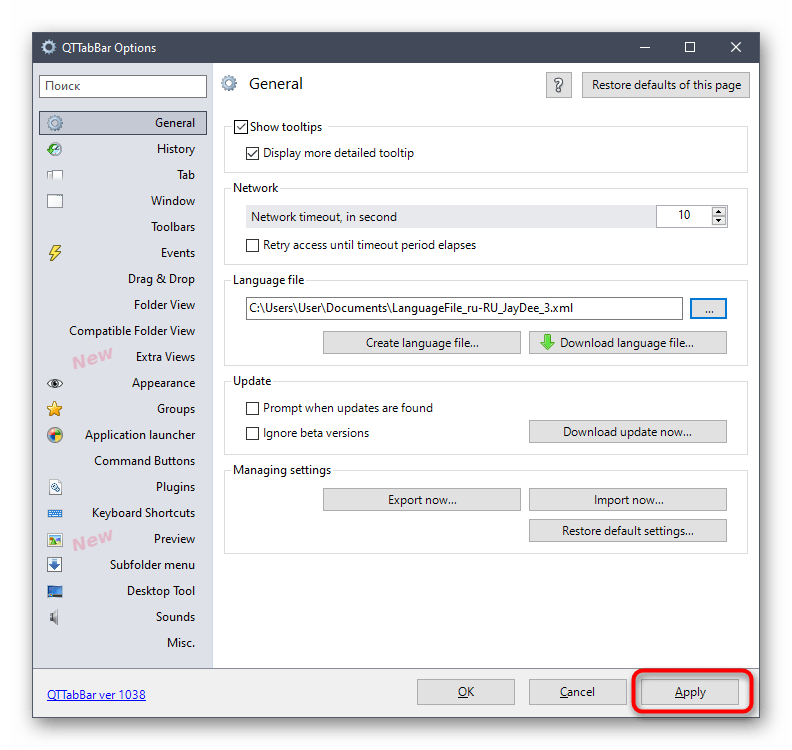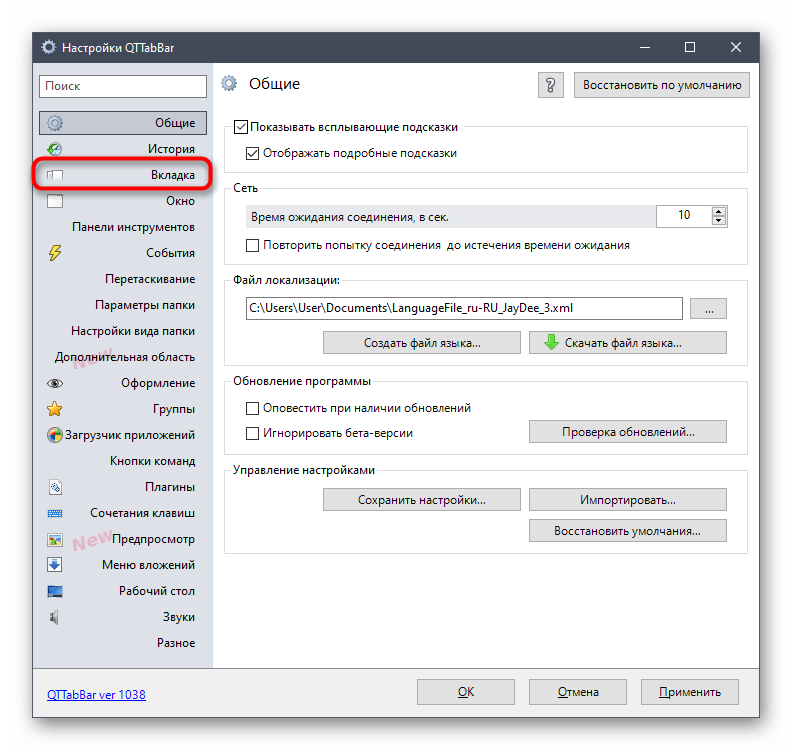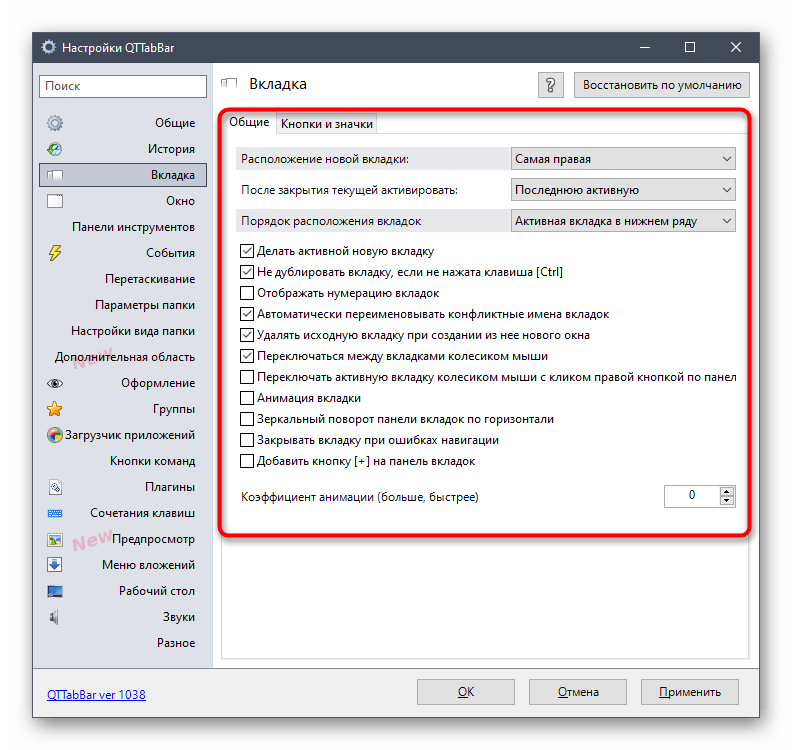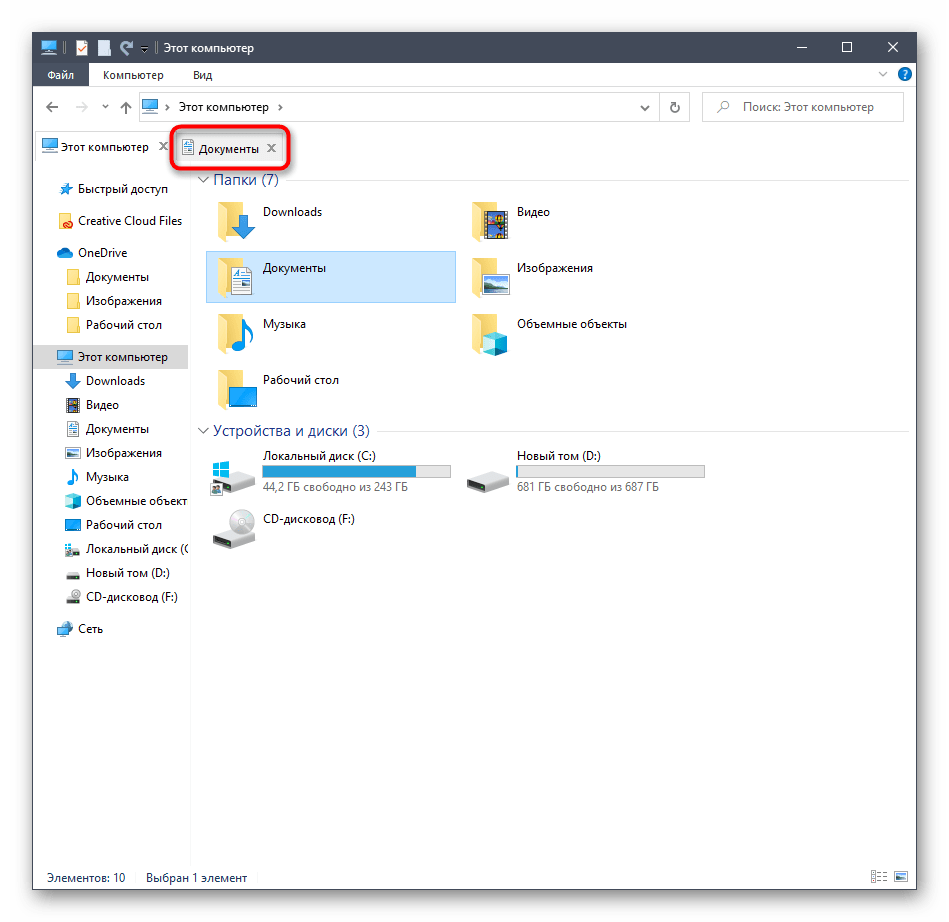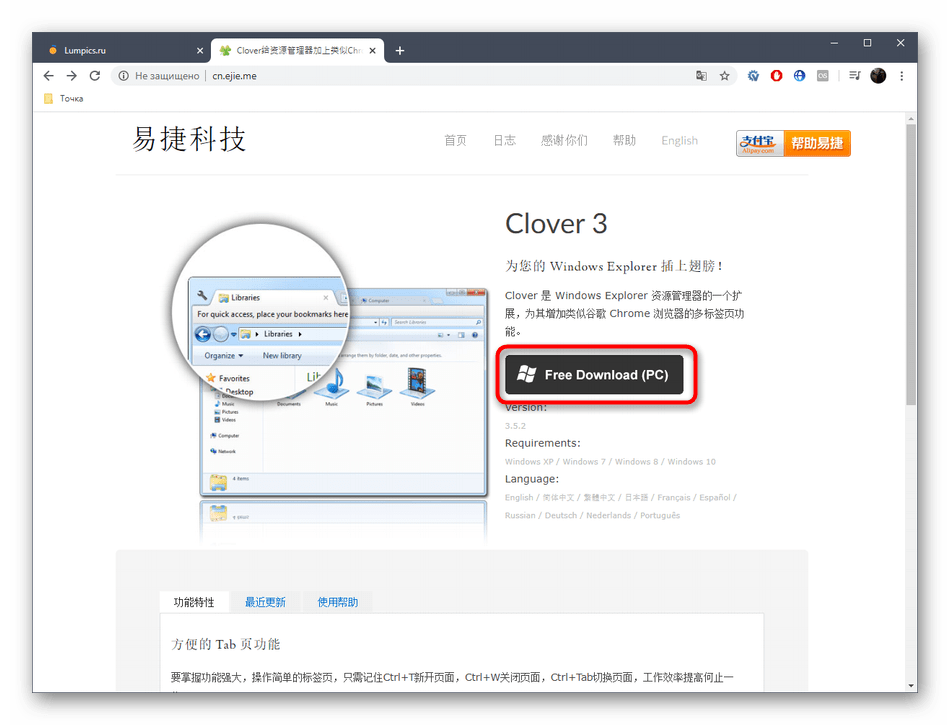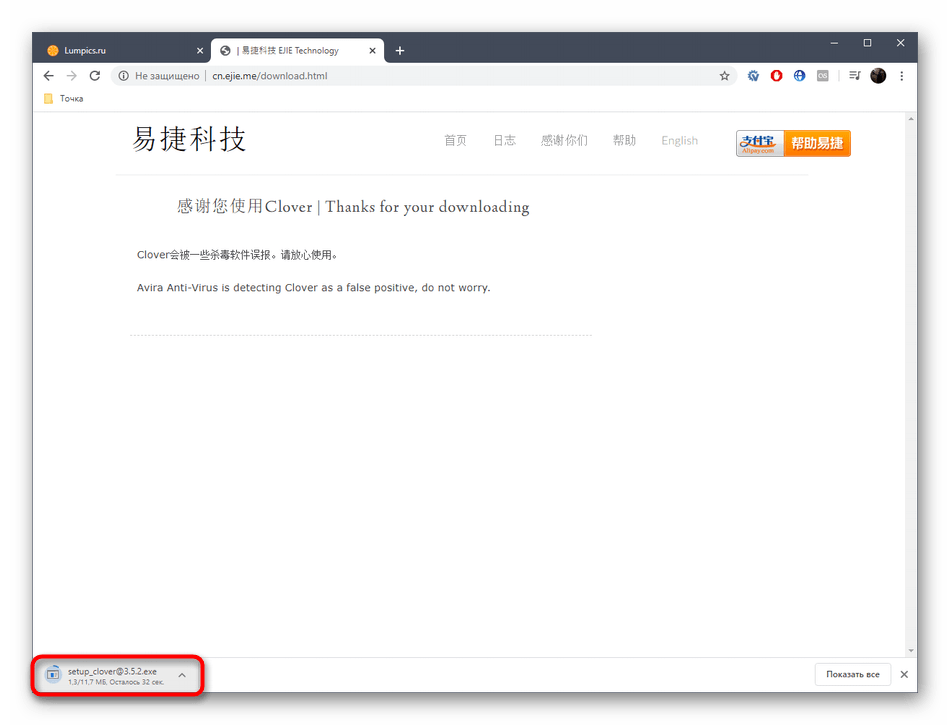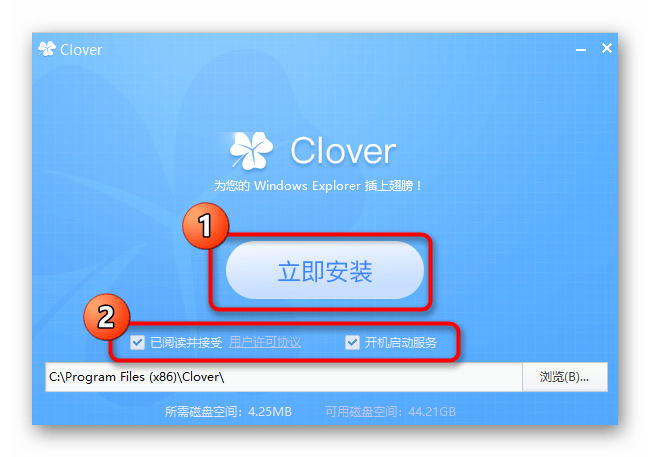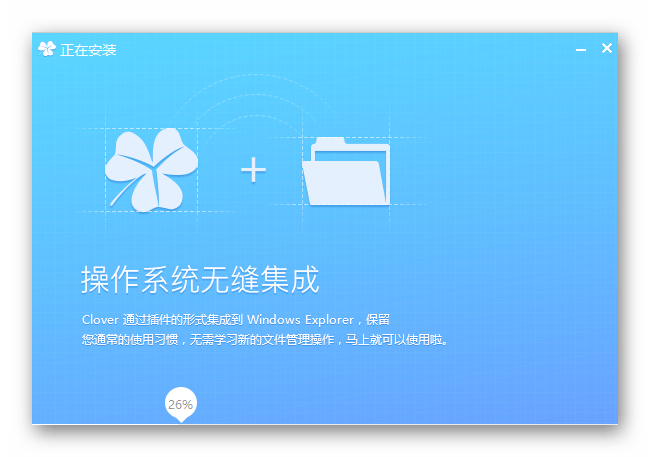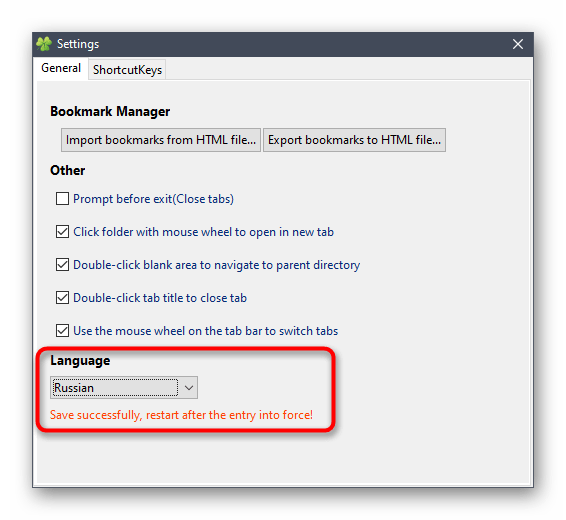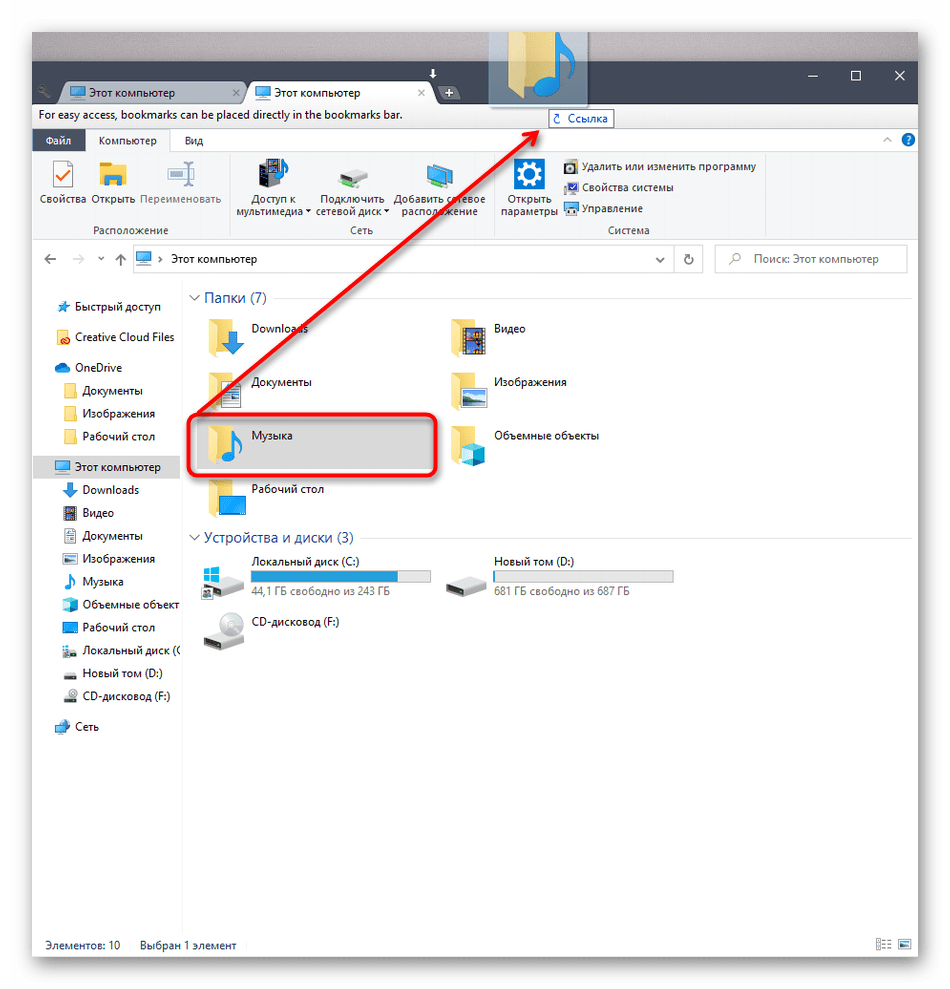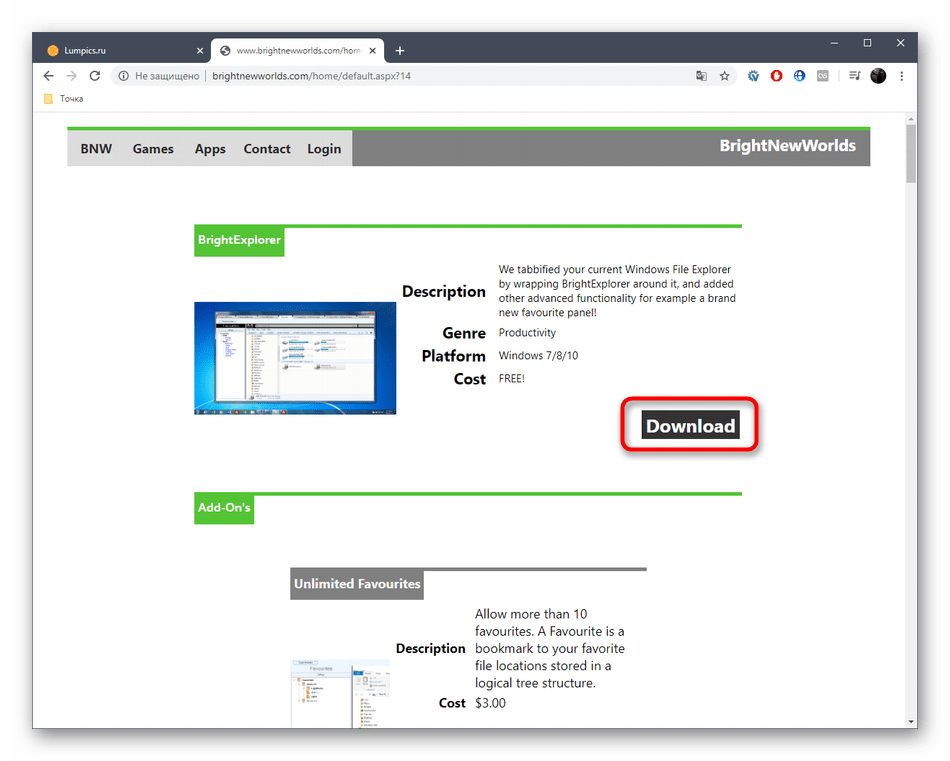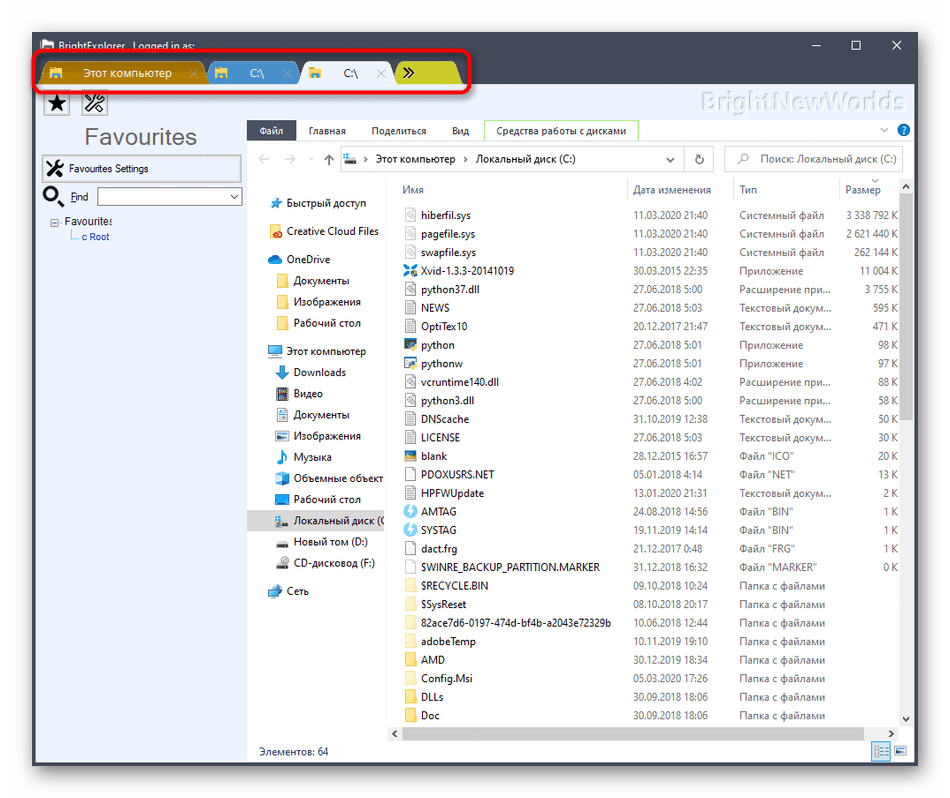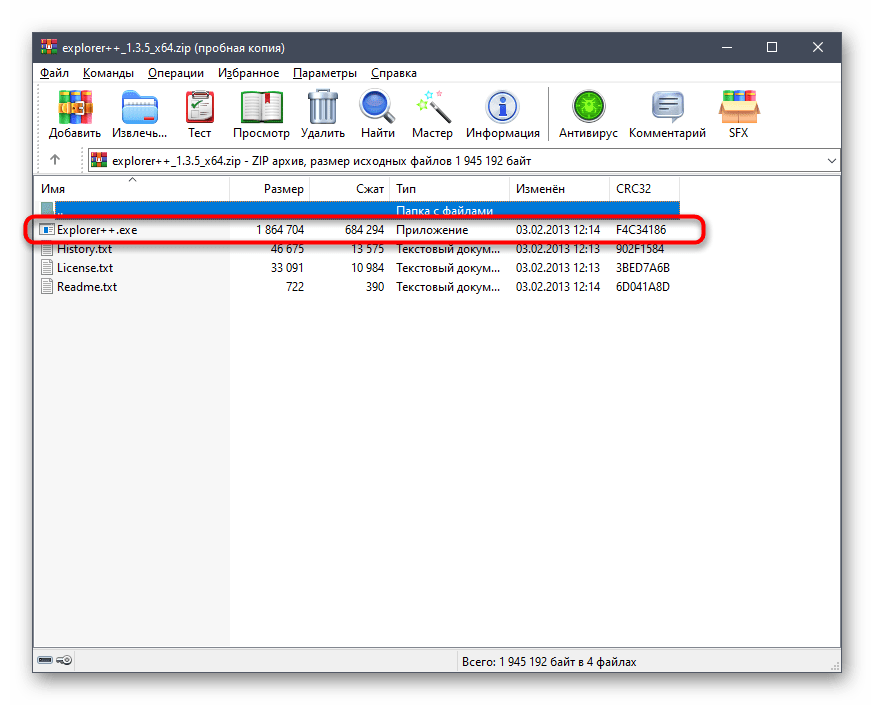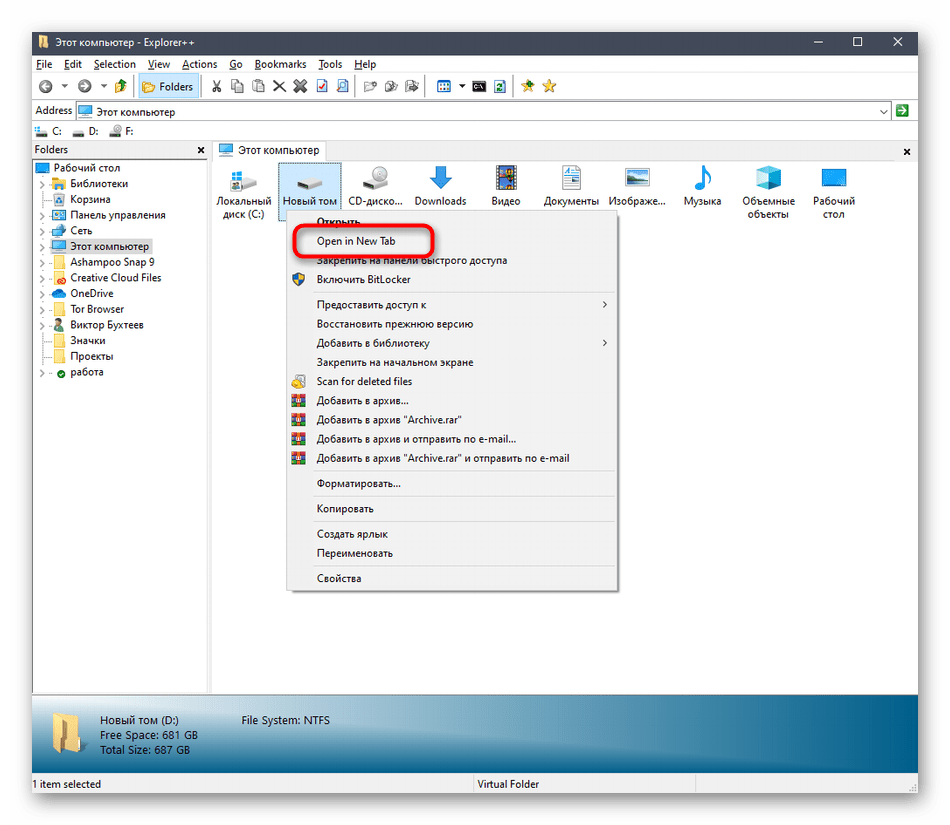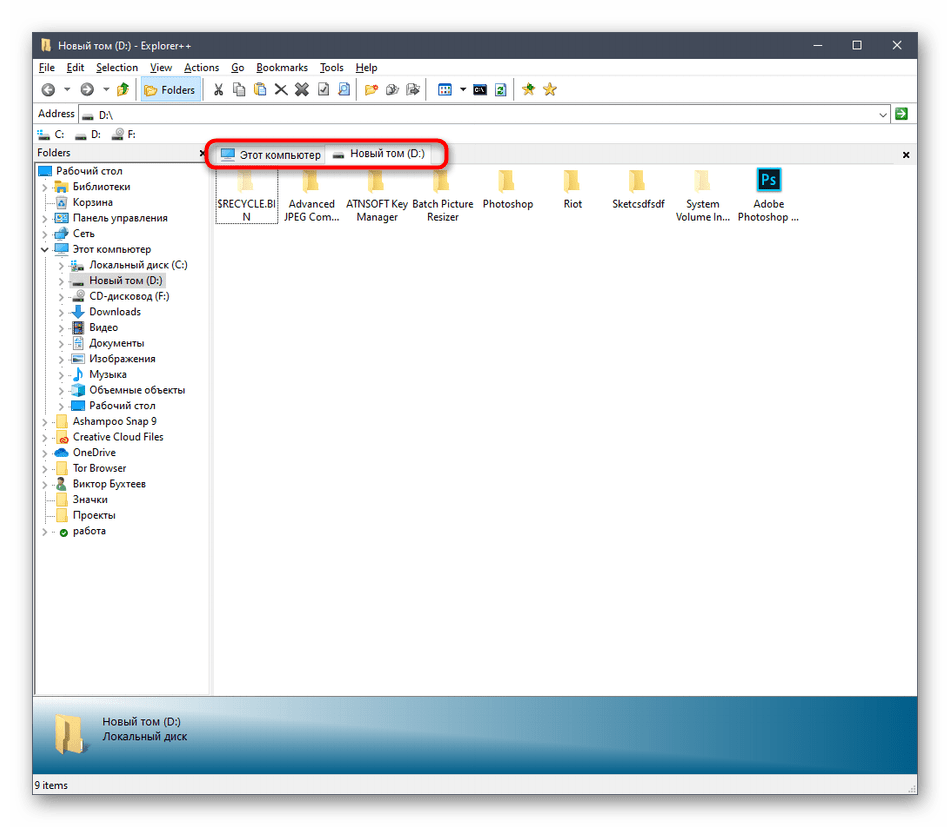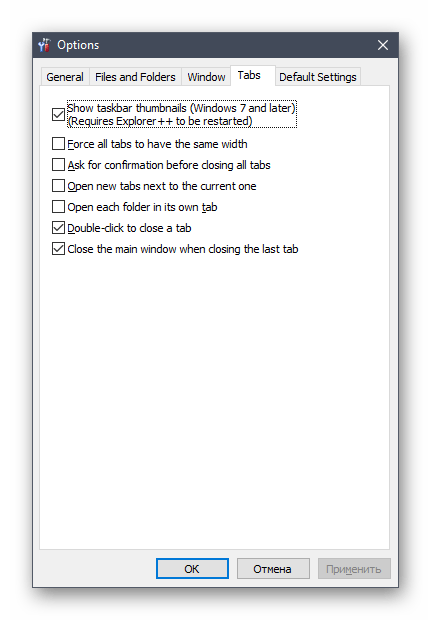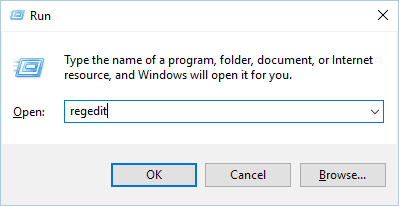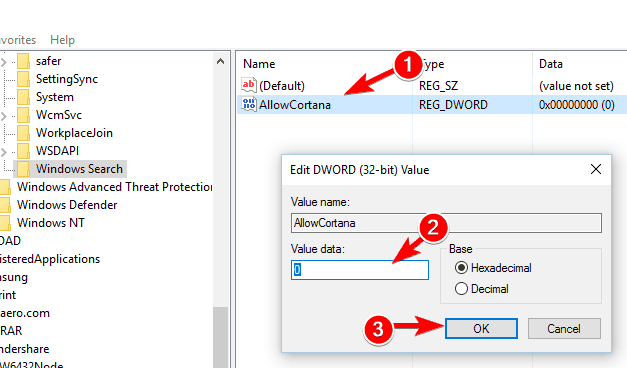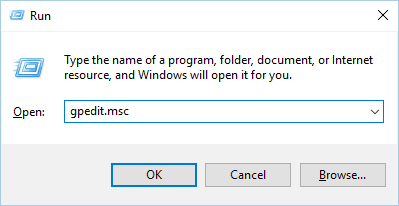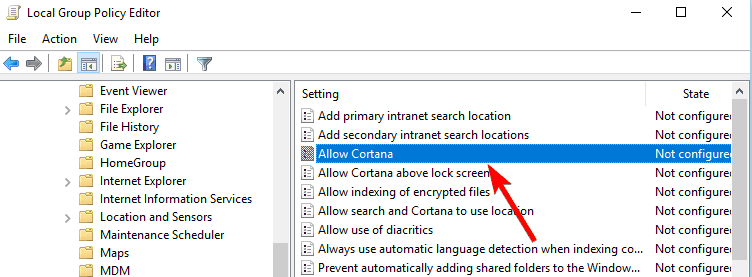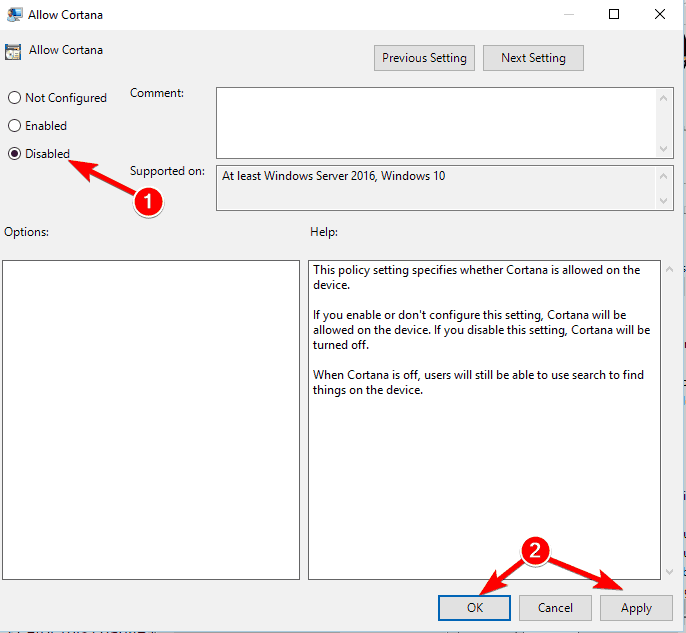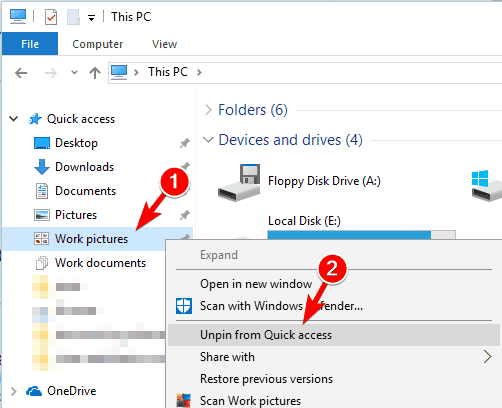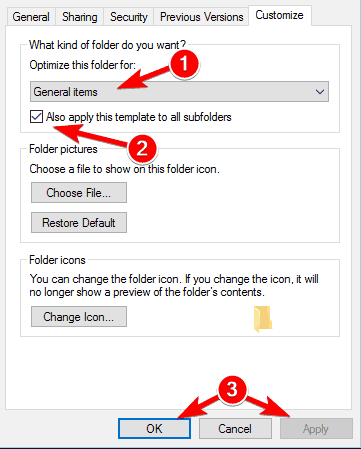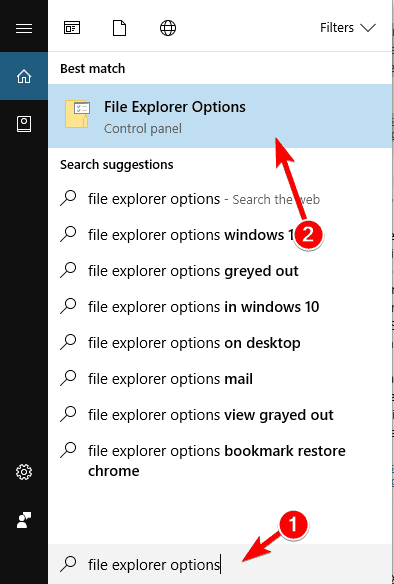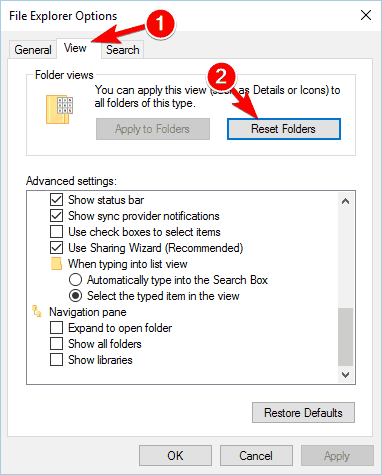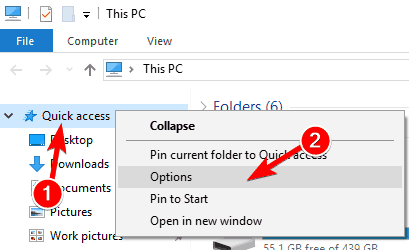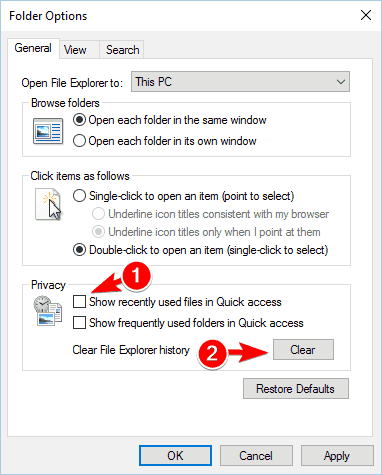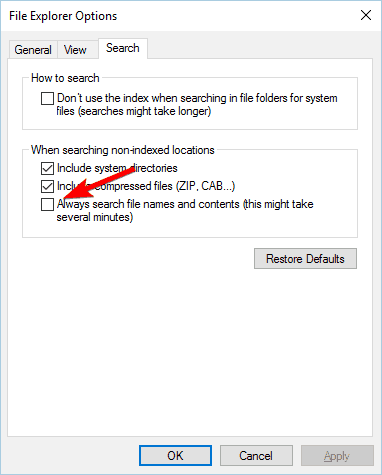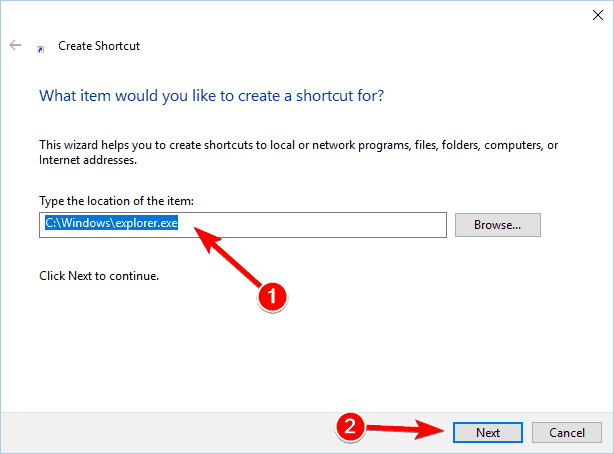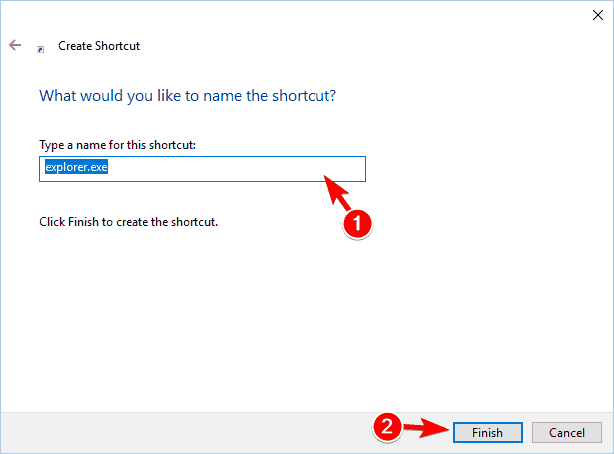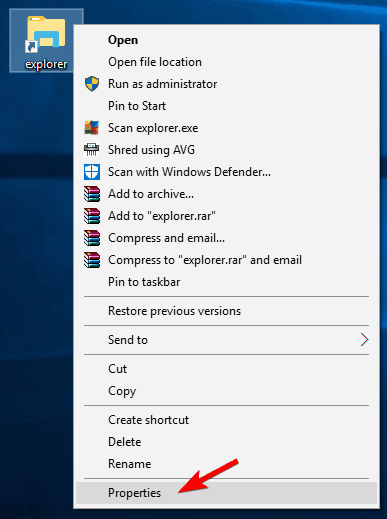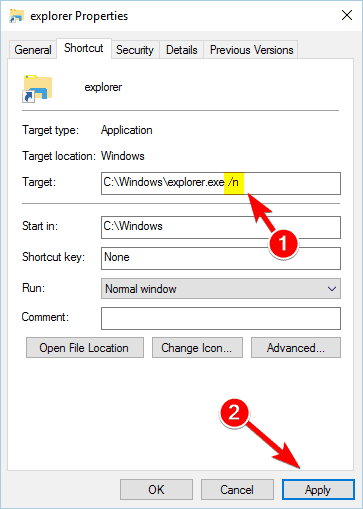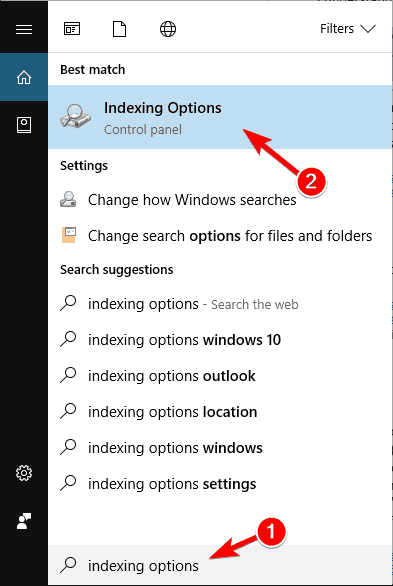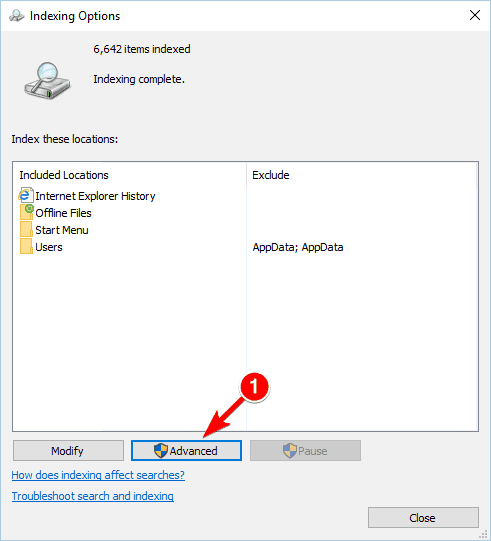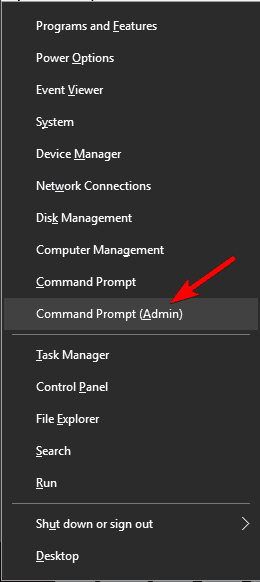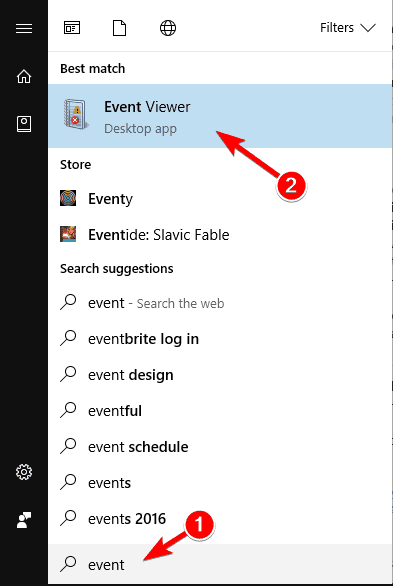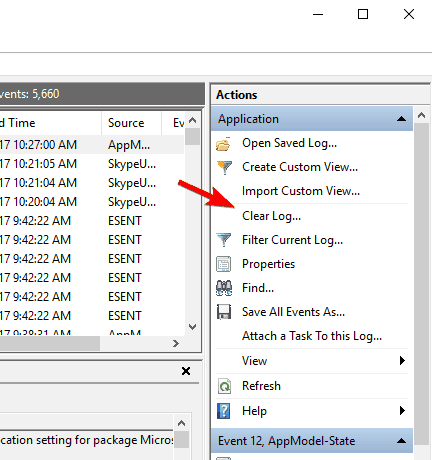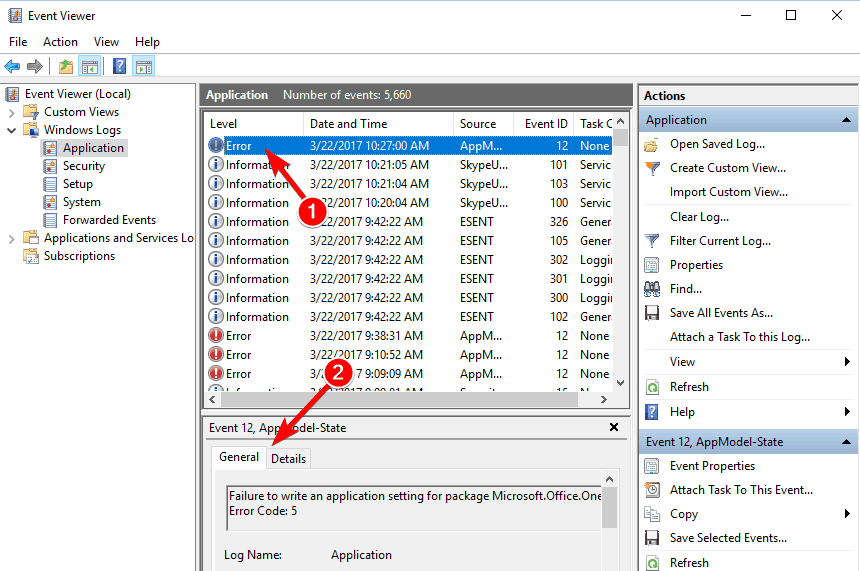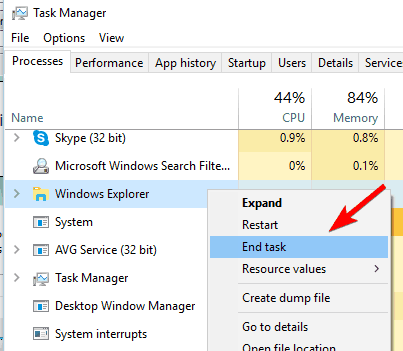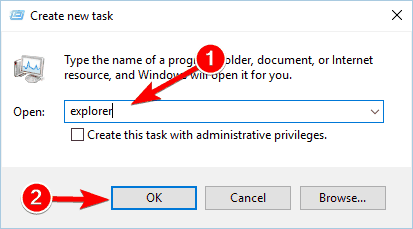Создание вкладок в Проводнике Windows 10
Стандартная функциональность операционной системы Windows 10 не позволяет пользователю открывать новые директории в отдельных вкладках Проводника, что часто вызывает неудобства. Однако существуют сторонние средства в виде программного обеспечения, после установки которых в Виндовс добавляется данная функция. Сегодня мы предлагаем ознакомиться с четырьмя различными вариантами создания вкладок в Проводнике, чтобы в итоге выбрать подходящий и использовать его на постоянной основе.
Способ 1: QTTabBar
Первая рассматриваемая утилита имеет название QTTabBar и является одним из самых популярных инструментов, расширяющих функциональность стандартного Проводника. Она распространяется бесплатно и имеет полную локализацию на русский язык, поэтому справится с настройкой даже начинающий юзер, а процедура добавления вкладок выглядит так:
- Перейдите по ссылке выше, чтобы попасть на официальную страницу программного обеспечения. Там вы увидите кнопку, отвечающую за загрузку последней версии, но не спешите нажимать по ней. Для начала придется загрузить предыдущую сборку 1038, чтобы потом обновиться до последней. Возможно, для будущих версий эта необходимость пропадет. В любом случае перед скачиванием обязательно прочитайте информацию, написанную на главной странице сайта.
Ожидайте завершения загрузки, а затем откройте полученный каталог через любой удобный архиватор.
Запустите находящийся там исполняемый файл.
Теперь потребуется активировать элементы управления утилиты. Откройте Проводник и нажмите по кнопке «Вид», которая находится на верхней панели.
Разверните блок «Параметры».
Отметьте галочкой пункт «QT Command Bar», чтобы отобразить строку управления QTTabBar.
В разделе «General» отыщите «Download Language file».
После отображения списка с локализациями отыщите там «Russian» и дважды кликните по данной строке.
Выберите любое удобное место на компьютере для сохранения файла с переводом.
После этого добавьте его в «Language file».
Примените изменения и повторно войдите в Проводник, чтобы языковые настройки обновились.
В этом же разделе с конфигурированием откройте категорию «Вкладка».
Вы задаете параметры расположения, открытия и переключения вкладок в соответствии со своими личными потребностями, активируя пункты меню или отключая их снятием галочек с соответствующих строк.
Теперь выйдите из окна настроек и снова разверните блок «Параметры», где уже активируйте «QTTabBar».
Это действие перевело утилиту в активный режим работы. Щелкните по любой из папок правой кнопкой мыши и отыщите в контекстном меню новый пункт «Открыть в новой вкладке».
Как видите, выбранная директория отобразилась в новой вкладке, к которой можно переместиться, закрыть или поменять ее местами с другими вкладками.
Сегодня мы не будем рассматривать остальные опции этой утилиты, поскольку тематика статьи сакцентирована исключительно на добавлении вкладок в Проводник. Если вы захотите освоить QTTabBar, прочтите информацию на официальном сайте или самостоятельно изучите разделы настроек и дополнительных панелей.
Способ 2: Clover
Функциональность программы Clover сосредоточена именно на добавлении вкладок в Проводник. Их внешний вид реализован в стиле вкладок браузеров, поэтому многим пользователям даже не придется привыкать к изменениям. Единственная трудность возникает на этапе инсталляции, поскольку установщик Clover выполнен на китайском языке.
- На официальном сайте утилиты вас интересует «Free Download».
После завершения загрузки исполняемого файла запустите его через браузер или место, куда он был помещен на локальном хранилище.
Сейчас предстоит разобраться с двумя пунктами, которые по умолчанию отмечены галочками. Некоторые пользователи ошибочно полагают, что они отвечают за автоматическую установку рекламных приложений или ненужного контента, однако в данном случае это не так. При установке первой галочки подтверждаются условия лицензионного соглашения, а вторая отвечает за автоматический запуск Clover при старте операционной системы. Отметьте эти два пункта, а затем кликните по большой кнопке для начала инсталляции.
Этот процесс не займет много времени, а за прогрессом можно будет следить при помощи полоски с процентами.
После появится уведомление об успешном окончании инсталляции. Закройте данное окно и запустите Clover для того, чтобы вкладки в Проводник интегрировались автоматически.
Слева возле вкладок появится значок гаечного ключа. Нажмите по нему для открытия всплывающего меню и перейдите в настройки.
Здесь устанавливается русский язык интерфейса.
Дополнительно ознакомьтесь со стандартными сочетаниями клавиш, которые позволяют быстро управлять утилитой, например, открывая новые вкладки или возвращая закрытые ранее.
Если вы хотите открыть каталог в качестве новой вкладки, зажмите его ЛКМ и передвиньте на верхнюю панель.
Вкладка автоматически добавилась. Теперь ее можно перемещать или закрыть по необходимости.
Способ 3: BrightExplorer
BrightExplorer — самая простая и легкая в освоении программа из нашего сегодняшнего списка, однако она может не понравиться некоторым пользователям из-за особенностей реализации внешнего вида. Если вас не устраивают рассмотренные выше варианты, следует обратить внимание на эту утилиту, установить ее и проверить работоспособность.
- Воспользуйтесь предыдущей ссылкой, чтобы перейти на официальный сайт BrightExplorer и загрузить оттуда данный софт.
После скачивания следуйте простой инструкции по инсталляции, которая отобразится в соответствующем окне.
При первом же запуске BrightExplorer будет интегрирована в Проводник. Здесь при помощи раздела «Favourites» вы можете настраивать панель быстрого доступа, добавляя различные каталоги и файлы.
Новая вкладка открывается путем выбора соответствующего пункта из контекстного меню или перемещением каталога на верхнюю панель.
Больше никаких особенностей у BrightExplorer не имеется, но хотелось бы уточнить одну деталь. Если уже открыто одно окно Проводника и вы запускаете второе, например, выбрав раздел «Изображения» в Пуске или любую папку на рабочем столе, это расположение автоматически создастся в виде новой вкладке в уже активном окне, что не всегда является удачным решением.
Способ 4: Explorer++
В качестве последнего способа сегодняшнего материала хотим рассмотреть программу Explorer++, которая является заменой стандартного Проводника с расширенной функциональностью. Стоит учитывать, что этот софт не добавляет вкладки в обозреватель, а устанавливается параллельно и запускается как отдельное приложение.
- При скачивании Explorer++ со страницы разработчиков учитывайте разную разрядность сборок, чтобы точно получить совместимую с операционной системой версию.
Вы можете распаковать исполняемый файл из архива или каждый раз запускать его из этого каталога. Explorer++ работает в портативном режиме, поэтому не требует предварительной инсталляции.
После запуска ПО обратите внимание на реализацию обозревателя. Все каталоги выполнены в древовидном виде, а на панели справа отображается текущее расположение и все активные вкладки.
Щелкните ПКМ по любому из каталогов, чтобы открыть его в новой вкладке, выбрав для этого пункт «Open in New Tab» в соответствующем контекстном меню.
Логический том жесткого диска только что открылся в новой вкладке, к которой можно переместиться и начать взаимодействие.
Все настройки, связанные с работой Explorer++, находятся в разделе «Options», переход к которому происходит через меню «Tools».
Здесь вы самостоятельно выбираете принцип открытия, закрытия вкладок и дополнительные параметры, связанные с ними.
Как видите, управление рассмотренным приложением не является чем-то сложным. Однако не всех пользователей устраивает подобная альтернатива стандартному Проводнику, поэтому мы поставили программу Explorer++ на последнее место.
Конечно, это были далеко не все программы, которые добавляют вкладки в обозреватель Виндовс 10, но их все мы не можем рассмотреть в рамках одного материала, поэтому и выбрали только самые интересные и популярные решения.
File Explorer is slow on Windows 10 [FIX]
- If File Explorer is acting slow on your Windows 10 PC, don’t postpone speeding things up.
- To correct this problem, you may disable Cortana, change folder optimization, and create a new File Explorer shortcut.
- If you’re no stranger to such issues, just visit our File Explorer Troubleshooting section next.
- For more quick tips as the ones below, there’s also this PC Software Hub you may bookmark.
- Download Restoro PC Repair Tool that comes with Patented Technologies (patent available here).
- Click Start Scan to find Windows issues that could be causing PC problems.
- Click Repair All to fix issues affecting your computer’s security and performance
- Restoro has been downloaded by 0 readers this month.
File Explorer is the default file management application on Windows 10 and one of the few applications that every Windows user uses on a daily basis.
However, many users report that File Explorer is slow on Windows 10, a major problem that can interfere with work.
How can I fix a slow File Explorer?
1. Disable Cortana
One of the most anticipated features of Windows 10 was its virtual assistant Cortana. While it’s most certainly a useful feature, some users claim that Cortana slows down File Explorer.
To fix this problem, users suggest disabling Cortana. This is relatively simple and you can do it by following these steps:
- Press Windows Key + R and enter regedit. Click OK or press Enter.
- When Registry Editor opens, in the left pane navigate to the HKEY_LOCAL_MACHINESOFTWAREPoliciesMicrosoftWindowsWindowsSearchkey If this key isn’t available, you need to create it. Simply right-click the Windows key and choose New > Key. Now enter Windows Search as the name of the new key.
- Once you open the Windows Search key, right-click the empty space on the right pane and choose New > DWORD (32-bit) Value.
- Enter AllowCortana as the name of the new DWORD. Double click AllowCortana DWORD and set its Value data to 0. Click OK to save changes.
- Close Registry Editor and restart your computer.
If you don’t want to edit the registry manually, you can use a .reg file to make the necessary changes. To do that, do the following:
- Download this file.
- Open the downloaded file and extract all files.
- Now double click on Disable Cortana.reg file.
- A confirmation message will appear. Click Yes to continue.
- Optional: If you want to enable Cortana again, simply run Enable Cortana.reg file.
Another way to disable Cortana is to use Group Policy. To do that, follow these steps:
- Press Windows Key + R and enter gpedit.msc.
- The local Group Policy Editor will now start. In the left pane navigate to Computer Configuration > Administrative Templates > Windows Components > Search.
- In the right pane, locate Allow Cortana and double click it.
- Select the Disabled option and click Apply and OK to save changes.
After doing that, Cortana should be disabled and any problems will File Explorer will be solved.
2. Check your Quick access list
The Quick access list is extremely useful if you want to navigate to a certain folder quickly. However, a few users reported that certain folders in the Quick access list can cause File Explorer to become slow.
Network folders that aren’t currently available can cause this problem to appear. To remove a network folder from Quick access list, do the following:
- Open File Explorer.
- Locate the problematic folder in the Quick access menu in the left pane.
- Right-click the folder you want to remove and choose Unpin from Quick access.
After removing the folder from the Quick access menu the problem with File Explorer should be resolved.
A few users reported that you might have to remove all items from the Quick access list in order to fix this problem.
If that solves the problem, be sure to add the removed folders to the Quick access list once again.
3. Change folder optimization
Windows 10 frequently performs optimization in the background and that can cause File Explorer to be slow.
If this error occurs when trying to access a specific folder, you might want to change that folder’s optimization.
This is rather simple and you can do it by following these steps:
- Right-click the folder that’s slowing down File Explorer. Choose Properties from the menu.
- Go to the Customize tab.
- Set Optimize this folder for to General items. If this value is already set, select any other value from the list. After that, switch it back to General items.
- Check Also apply this template to all subfolders.
- Click Apply and OK to save changes.
If this problem occurs with multiple folders, you’ll have to repeat this solution for every affected folder.
Few users reported that they solved this issue by setting the optimization to Documents, so you might want to try that as well.
4. Use Windows Key + E shortcut
According to users, you can circumvent this problem simply by using the File Explorer shortcut because it seems issues occur only if you start it by clicking its icon.
However, you can start File Explorer by pressing Windows Key + E on your keyboard.
After doing that, File Explorer will start and it will work without any problems. Keep in mind that this isn’t a permanent solution, however.
Windows Key not working? Don’t panic! Solve the problem in no time with the help of this simple guide.
5. Reset File Explorer view to default
A few users claim that you can fix problems with a slow File Explorer simply by resetting File Explorer’s view to default. This is relatively simple and you can do it by following these steps:
- Press Windows Key + S and enter file explorer options. Choose File Explorer Options from the list of results.
- Go to the View tab and click the Reset Folders button. When the confirmation message appears, click Yes.
- Click Apply and OK to save changes.
After resetting folder view to default the issue with File Explorer should be fixed.
6. Change File Explorer settings
According to users, File Explorer can become slow if it opens the Quick Access folder by default. To fix this problem, you need to change certain settings. To do that, follow these steps:
- Open File Explorer.
- In the left pane, right-click Quick access and choose Options from the menu.
- Folder Options window will appear. Under the General tab, change Open File Explorer toThis PC.
- Click Apply and OK to save changes.
- Optional: Disable all options in the Privacy section and click the Clear button.
After doing that, File Explorer will open This PC by default instead of Quick Access. By making this change the problem will be completely resolved.
Some users also suggest disabling Always search file name and contents option in File Explorer Options.
To do that, simply navigate to the Search tab in File Explorer Options and uncheck Always search file names and contents option.
7. Create a new File Explorer shortcut
If your File Explorer is slow, you might be able to fix it by using certain launch parameters. To do that, you need to create a new shortcut by following these steps:
- Right-click empty space on your Desktop and choose New > Shortcut from the menu.
- When the Create Shortcut window opens, enter C:Windowsexplorer.exe in the Type the location of the item field. Alternatively, you can click the Browse button and locate explorer.exe manually. Once you’re done, click Next.
- Enter the desired name for your shortcut and click Finish.
- Now locate the newly created shortcut, right-click it, and choose Properties from the menu.
- Go to the Shortcut tab.
- Locate the Target field and add /n at the end. After making the change your Target field should look like this: C:Windowsexplorer.exe /n . Click Apply and OK to save changes.
After doing that, use the newly created shortcut to start File Explorer. We have to mention that this is just a workaround, so you’ll need to use this new shortcut every time you want to start File Explorer.
8. Rebuild the index
According to users, you can fix the problem with slow File Explorer simply by rebuilding the index. This is rather simple:
- Press Windows Key + S and enter indexing options. Choose Indexing Options from the menu.
- When Indexing Options window opens, click Advanced.
- Now click on the Rebuild button.
After the index is rebuilt, the issue with File Explorer should be resolved.
9. Perform an SFC scan
File Explorer can become slow if some Windows components are corrupted. However, you can fix corrupted components with an SFC scan. To do that, follow these steps:
- Press Windows Key + X to open Win + X menu. Choose Command Prompt(Admin) from the menu.
- When Command Prompt starts, enter sfc /scannow and press Enter.
- Wait for the SFC scan to complete.
After the scan is finished, File Explorer should be fixed. A few users reported they were unable to run an SFC scan, but if that’s the case you can use DISM to fix SFC problems.
To perform a DISM scan, do the following:
- Open Command Prompt as administrator.
- When Command Prompt opens, enter the following lines:
- DISM /Online /Cleanup-Image /CheckHealth
- DISM /Online /Cleanup-Image /ScanHealth
- DISM /Online /Cleanup-Image /RestoreHealth
- Wait for the DISM to finish.
- After the DISM scan is completed, try to perform the SFC scan again.
10. Remove corrupted files
Sometimes, File Explorer is slow if you have corrupted files in the folder you’re trying to access. Users report they’ve managed to solve the issue by deleting the corrupted file from the folder.
If you have the same problem, wait for the folder to open and then find and remove the corrupted file. After doing that, File Explorer should start working again.
11. Use Event Viewer to fix the problem
Event Viewer is a powerful application that can help you troubleshoot any problems on Windows 10.
If File Explorer is slow on your Windows 10 PC, you might be able to fix it by following these steps:
- Press Windows Key + S and enter the event. Choose the Event Viewer from the list of results.
- In the left pane, navigate to Windows Logs > Application.
- In the right pane, click the Clear Log option.
- Open File Explorer and wait for the problem to appear again. Sometimes it might take a few minutes for the problem to appear, so be patient.
- After the problem appears, go to the Event Viewer and click on Windows Logs > Application again.
- Now check the available errors from the list. Navigate to the Details or General tab on the bottom to see which file caused the error.
According to some users, DTShellHlp.exe was the cause of this problem on their PC and is related to Deamon Tools. After removing Deamon Tools, the issue with slow File Explorer was resolved completely.
A few users reported that they were unable to remove Deamon Tools from their PC, but they solved the issue by removing Deamon Tools entries from the registry.
We have to mention that almost any file can cause this problem to appear, so you might have to do a bit of research before you find the cause of the problem.
12. Use netsh winsock reset command
According to users, you can fix this problem by using the netsh command in Command Prompt. To run that command, follow these steps:
- Press Windows Key + X and choose Command Prompt (Admin) from the menu.
- When Command Prompt opens, enter netsh winsock reset and run the command.
- After the command is executed, close Command Prompt and restart your PC.
After your PC starts again, check if the problem with File Explorer is resolved.
13. Disable the TDM service
Users report that File Explorer can become slow due to the TDM service. According to users, Dell computers come with a Trusted Drive Manager feature that allows you to encrypt your drive.
However, this service can cause File Explorer to become slow. Therefore we advise you to disable it.
To do that, simply open the Services window, locate TDM Service, and set its Startup type to Disabled. In addition, be sure to stop the service as well.
After you disable the service and restart your PC, the problem will be completely resolved.
Few users reported that Wave Authentication Manager and Intel Rapid Storage Technology service can also cause a problem, so be sure to disable them as well.
We have to mention that this solution only applies to Dell computers that have the TDM feature. If you have the TDM feature on your PC, be sure to disable it and check if that solves the problem.
14. Restart File Explorer
If File Explorer is running slow on your Windows 10 PC, you might be able to temporarily fix the problem with this solution. To restart File Explorer, do the following:
- Press Ctrl + Shift + Esc on your keyboard to start Task Manager.
- Once Task Manager starts, locate Windows Explorer and right-click it. Choose Restart from the menu.
Alternatively, you can simply end Windows Explorer processes and start it again from Task Manager. To do that, follow these steps:
- Locate Windows Explorer in the list of processes. Right-click it and choose End task from the menu.
- Now click the File menu in the Task Manager and choose Run new task.
- Enter explorer and click the OK button. File Explorer will now start again.
Keep in mind that this is just a temporary workaround, so you’ll have to repeat this solution every time File Explorer becomes slow.
Another solution that we strongly recommend is to install a dedicated third-party file Manager. Frigate3 is a great file manager designed to work fast on slow PCs.
It offers you a plethora of options and features that are very useful when you manage your files. We have tested it on Windows 1o computers and it works really slow even on a low-spec PC.
It has a special-designed engine that optimizes the process and it also allows you to compress your files in several known formats.
We suggest you switch from File Explorer to Frigate3 for a more versatile and quick file management process.
15. Check the Indexing Options



